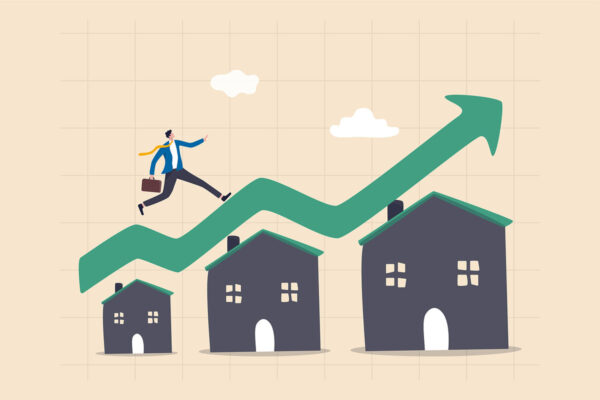Carlsbad’s housing problem is worsening by the day, and we need to take action before young adults and hardworking families are completely priced out of town.
When COVID-19 hit, many college students like myself returned home to quarantine with our parents and save money.
Since then, many of us have graduated and struggled to find work in the pandemic economy.
For those fortunate enough to secure work, finding our own place to live was our next logical concern.
Now, I love my family, but I don’t want to be a burden on them for years to come, and I aim to be self-sufficient.
Unfortunately, working two part-time jobs, clocking in at more than 50 hours a week, still doesn’t net me enough to rent my own place in Carlsbad.
I simply don’t make enough to afford what it costs to live here.
I could apply for a low-income unit, but if I got one, there is a high likelihood I would be taking the spot of a whole family with working parents and children, and I wouldn’t be able to do that without serious trouble sleeping at night.
For many young adults who want to stay near family in San Diego County, the only viable option is to live with their parents.
Due to increased housing prices, Carlsbad has walled itself off from young adults as well as middle- and lower-income families who want to live here.
According to Payscale, Carlsbad’s cost of living is 70% higher than the national average, while our housing costs in particular are 219% higher than the national average.
We know 219% is already high, but how quickly we got here is shocking, with housing prices increasing sharply over the last several years.
For those who bought homes in Carlsbad years ago, this seems like a good thing — a positive return on their investment.
Around 65% of Carlsbad residents own their homes, and as prices go up, they are set for a windfall when they sell.
This will benefit families who have already made lives for themselves in Carlsbad, families like my own.
However, this upward trend will only make it harder for new families to buy homes and make a life for themselves in Carlsbad.
It essentially pulls up the drawbridge, with anyone not already here on the other side of the moat.
Now I know that I am a landless young person, someone others will consider not experienced enough to be talking about homeownership, but it seems increasingly likely that I may never be able to engage in that conversation.
According to a recent Unison Housing Affordability Report, it would take 31 years of saving at a median household income to afford just the down payment on a house in San Diego.
This slog towards eventually getting a down payment enforces young people’s skepticism at the idea of eventual homeownership and wealth-building.
It feels like we are running in place and can never get ahead.
I believe current Carlsbad residents must invest in our city, prioritizing new developments that provide more diverse and innovative living solutions.
We are fully capable of adding more low- and middle-income housing while preserving our remaining open space.
Instead of encouraging more luxury apartments and McMansions, we could incentivize the development of lower- and middle-income developments.
We can ensure new developments match the look and feel of our communities.
We could explore mixed-use developments with housing units above offices or retail space, particularly near transit stations, and commercial hubs, so we commute less.
Good public schools, public services, and suburban neighborhoods should not be prohibitively expensive for middle- and lower-income families.
If we want to keep the American Dream of upward mobility alive, we need to address the cost of housing.
Carlsbad is a prime example of this economic flashpoint and can demonstrate leadership to other cities in San Diego County by making affordable housing a reality.
Colin Scharff
Carlsbad







